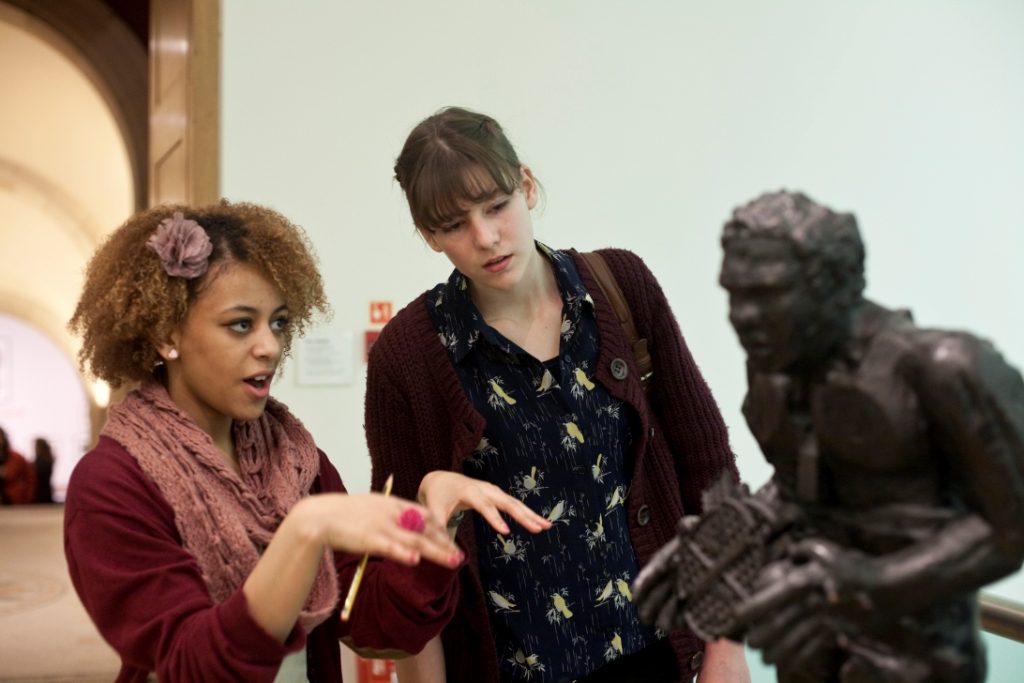The Participatory Museum
Museums and galleries have had participants in interpreting their collections as long as they have had visitors walking through their doors and looking at exhibits. Arguably their participation and collective cultural heritage and memories has not been actively harnessed by institutions. The Participatory Museum movement takes its title from Nina Simon’s book and online resource of the same name. Simon’s book argued for and gave examples of a greater participatory practice within museums (mainly in the USA), in which visitors actively interpreted collections, shared memories and experiences.
In the UK Chief Execs Nick Stanhope of Historypin and Nick Poole of the Collections Trust have pointed out the increasing number of people who come to museums and expect to have agency and cultural entitlement within the collections. They advocate a combined use of collections, digitisation and visitor participation that can put museums at the heart of communities. They argue that this is not about ‘radical transformation’ but rather about building on elements already taking place in museums and galleries. For more see their article ‘The Participatory Museum’ >>.
History Pin has a number of projects involving collections on its website as well as digital tools to assist people to engage with images and objects. Another example useful for thinking about portraiture is the use of the Q archive in the Imperial War Museum.
Case Study: World War One – Imperial War Museum and participation
Another example is the way in which the National Gallery of Denmark in Copenhagen have embedded QR codes, twitter links and incorporated videos within their interpretation and to give outlets for participation as part of a 5 year digital project >>

